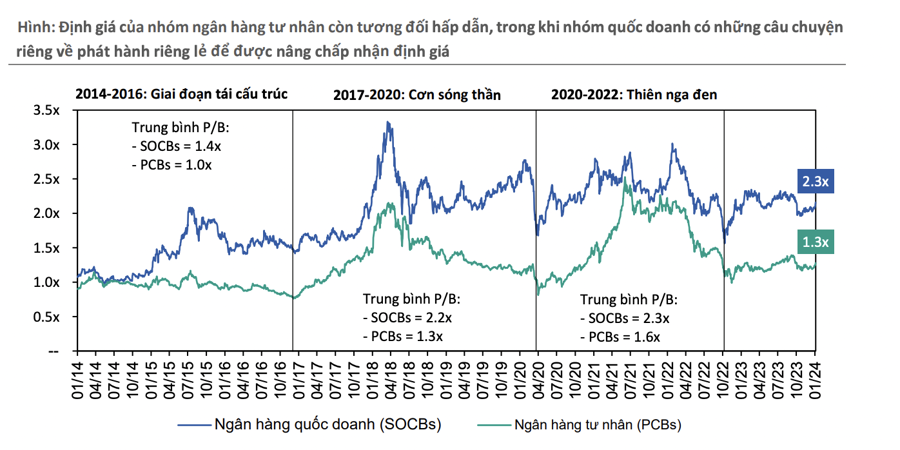
Image for illustration purposes
Oil prices continue to decline
The price of oil continues to fall due to rising crude production in the United States, as well as growing hopes of a ceasefire between Israel and Hamas.
At the close of trading on April 30, Brent crude futures for June delivery fell by $0.54, or 0.6%, to $87.86 per barrel. Brent futures for July delivery fell by $0.87 to $86.33 per barrel. WTI crude fell by $0.7, or 0.9%, to $81.93 per barrel.
The U.S. Energy Information Administration reported that the country’s crude oil production increased to 13.15 million barrels per day in February, up from 12.58 million barrels per day in January, the largest monthly increase since October 2021. Exports, meanwhile, rose to 4.66 million barrels per day, up from 4.05 million barrels per day over the same period.
Hopes that a ceasefire between Israel and Hamas could be reached have grown in recent days, following renewed efforts by Egypt to revive stalled talks between the two sides.
However, Israeli Prime Minister Benjamin Netanyahu on April 30 announced a long-promised ground offensive into the southern Gaza city of Rafah.
Investors are watching a two-day policy meeting by the Fed, with a longer period of higher interest rates potentially strengthening the U.S. dollar and posing a threat to the outlook for oil demand.
Some investors see a growing chance that the Fed could raise rates by a quarter-percentage point later this year and next year as inflation and the labor market remain strong.
Demand concerns are also weighing on sentiment as diesel prices fall.
A Reuters survey showed that OPEC oil output fell in April, reflecting lower exports from Iran, Iraq, and Nigeria as some members of the OPEC+ alliance comply with voluntary supply cuts.
A Reuters poll indicated that oil prices could stay above $80 a barrel this year as analysts revised up their forecasts, predicting that supply will fall short of demand due to the Middle East conflict and OPEC+ output cuts.
Gold declines
Gold prices fell to one-week lows as the U.S. dollar and Treasury yields rose, although safe-haven demand and central bank buying helped bullion post a third straight monthly gain.
Spot gold fell 1.7% to $2,294.84 per ounce. U.S. gold futures for June delivery settled down 2.3% at $2,302.9 USD per ounce.
Bullion has risen 2.8% so far this month after hitting a record high of $2,431.29 per ounce earlier in April.
The dollar index rose 0.3% against a basket of currencies, making gold more expensive for buyers holding other currencies, while benchmark 10-year Treasury yields also ticked up.
Copper falls on slower China factory growth
Copper prices declined after four sessions of gains, pressured by slowing manufacturing growth in China and a firmer dollar, but posted their strongest monthly rise in more than three years on supply concerns.
Three-month copper on the London Metal Exchange (LME) fell 1.8% to $9,952.50 a tonne, after touching a two-year high of $10,208 a tonne earlier in the session.
Copper has gained 12.4% this month, its strongest monthly rise since February 2021.
However, supply tightness has so far only been clearly evident in copper concentrates in China, where mine supply has been delayed. The Yangshan copper premium has meanwhile eased to $5 a tonne from $60 a tonne nearly two months ago, adding to concerns about current demand for refined metal.
Iron ore falls on holiday risk concerns
Iron ore and steel futures declined amid risk aversion ahead of a Chinese holiday, but most contracts notched monthly gains on hopes of improved demand in the property sector.
The most-traded September iron ore contract on China’s Dalian Commodity Exchange ended down 0.1% at 874 yuan ($120.65) a tonne. The contract gained 16.6% this month, its strongest monthly rise since June 2023.
On the Singapore Exchange, the most-active May iron ore contract fell 0.6% to $116.50 a tonne. The contract gained 16% in April.
Markets in top steel consumer China will be closed for a holiday from May 1-3.
The outlook for ferrous metals is mixed to slightly bullish due to China’s latest moves to boost infrastructure spending, while a recovery in the property sector also offers some support.
China’s state planner said last week it will guide local governments to accelerate project construction, a sector that consumes large amounts of steel products.
There is also caution that steel demand in China may ease during the summer, when hot and humid weather tends to slow construction activity.
Shanghai steel futures fell, with rebar down 0.4% to 3,656 yuan a tonne, hot-rolled coil down 0.3% to 3,804 yuan a tonne, wire rod down 5.7% to 3,500 yuan a tonne and stainless steel down 0.1% to 14,280 yuan a tonne.
Japan rubber posts biggest monthly drop in 1-1/2 years
Japanese rubber futures rose on a weaker yen and supportive production data, but posted their first monthly decline of 2024 and the sharpest one since October 2022.
The Osaka Exchange’s rubber contract for October delivery finished up 1.6 yen, or 0.52%, at 307 yen ($1.96) per kg. The contract fell 6.57% in April, ending a three-month rally. It had gained 10.64% in March amid supply concerns.
In Shanghai, the most-active rubber contract for September delivery closed down 175 yuan to 14,045 yuan ($1,938.9) a tonne before an upcoming holiday.
Sugar, coffee drop
Robusta coffee futures for July delivery settled down $143, or 3.4%, at $4,021 per tonne, retreating from a record high of $4,338 per tonne hit last week.
Arabica coffee futures for July delivery fell 4.8% to $2.1665 per lb.
Raw sugar futures for May delivery slipped 0.49 U.S. cent to 19.71 U.S. cents per lb, while white sugar fell $4.5, or 0.8%, to $569.30 a tonne.
Soybeans, corn, wheat ease lower
Soybean prices on the Chicago Board of Trade fell, as soyoil prices declined on weak demand.
CBOT soybeans for July delivery settled down 19 U.S. cents to $11






































